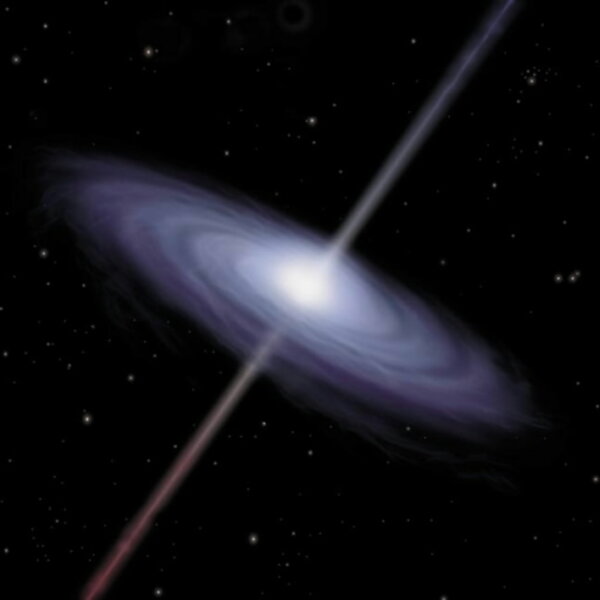How NASA telescope could unlock mysteries of supermassive black holes
Loading...
It's hard to imagine that anything "supermassive" would be very good at hiding, but astronomers believe that there may be millions of supermassive black holes in the universe just waiting for the right tool to expose them.
The space agency's Nuclear Spectroscopic Telescope Array (NuSTAR) just may be that instrument.
“While hidden from view from most other telescopes, NuSTAR can spot [black holes] by detecting the highest-energy X-rays, which can penetrate through the enshrouding gas and dust,” NASA’s website outlines.
So far, NuSTAR has identified five previously undetected supermassive black holes while scouring nine separate galaxies. Researchers presented those findings Monday at the Royal Astronomical Society’s National Astronomy Meeting in Llandudno, Wales.
So what exactly is a supermassive black hole?
“Black holes come in several different varieties, all of which are characterized by a dense concentration of mass compressed into a tiny space and a gravitational force so powerful it keeps light from escaping,” the Monitor’s Noelle Swan reported in September, following the discovery of a supermassive black hole inside one of the smallest known dwarf galleries.
“The most widely understood black holes are known as stellar black holes and can contain 20 times the mass of the sun within a ball of space with a diameter of about 10 miles. Supermassive black holes can be as vast as the entire solar system and contain as much mass as found in 1 million suns combined,” she continued.
The discovery in September hinted at the potential existence of around twice as many black holes as astronomers had originally predicted. Meanwhile, the findings presented in Wales on Tuesday suggests that these additional black holes could be discovered and observed.
"Thanks to NuSTAR, for the first time, we have been able to clearly identify these hidden monsters that are predicted to be there, but have previously been elusive because of their surrounding cocoons of material," George Lansbury, the lead author of the findings, said Tuesday.






